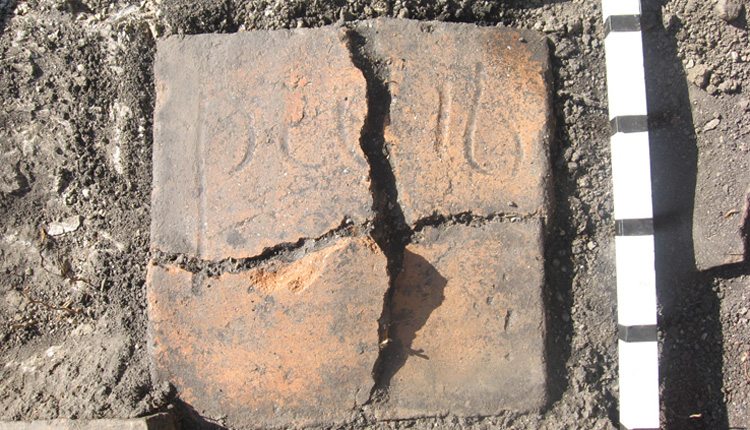Ski lifts
Ski slopes
Lift Banderitsa: 9 AM - last ride 4:15 PM, Lift Plato: 9 AM - last ride 4 PM



Another proof that the region around Bansko was populated during the Thracian era was found at 1,095.8 meters above sea level in the Northern Pirin Mountain, claims the head of the archaeological research Vladimir Baryakov.
In August, 2017 students who have been working together with Baryakov for 11 years in the area of St. Nicola found a well-preserved piece of the ceramic floor of an ancient private home measuring about 3 square meters. On one of the broken ceramic plates in Latin letters is written PAIB.
One of the best Bulgarian epigraphs Nikolay Sharankov confirmed recently the scientific conclusion that this is a shortened version of the Thracian name Paibes – PAIB(es), but in ancient texts the names are always written without the last letter. Paibes is a rare name, common in south-western Thrace, especially in the Struma and Mesta valleys. Similar inscriptions have been found in Melnik, Serres, Amphipolis, Kavala, Drama and Nicopolis ad Nestum, all dating back to the II - III century, which means that the plates of St. Nicola are from the same period. The artefact was excavated under a layer indicating a fire that is considered to have been in the IV century. Baryakov thinks that the discovered settlement has been inhabited for centuries by prosperous people.
The discovery is also valuable, because it contradicts some skeptics who have so far claimed that on the site only guarded road stations emerge, because Roman military troops were crossing the Pirin mountain. The ceramic plates confirm that local Thracian population lived here.
Every year artefacts are discovered in the area of St. Nicola, dating back between II – III century up to the 17th century.